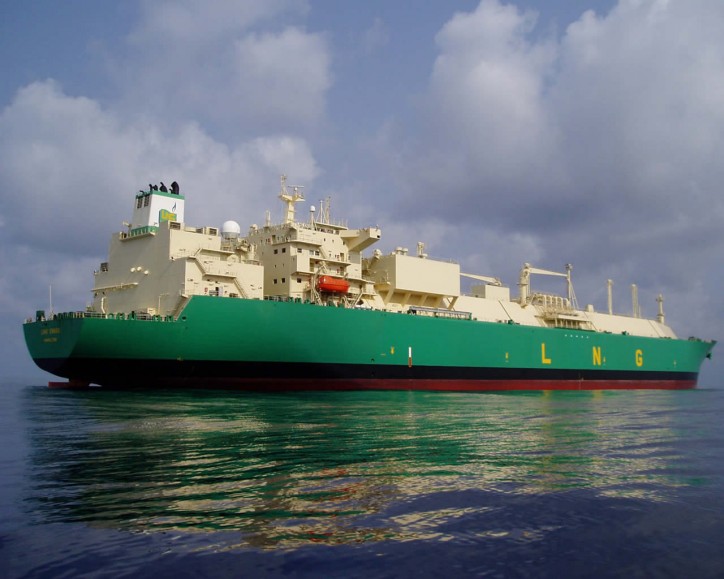 Expectations are for Nigeria Liquefied Natural Gas Company (NLNG) to take delivery of four LNG carriers before the end of the year and an additional two in 2016, as commented by the company’s chief executive. This move aims to provide the government-backed gas exporter with the necessary resources of expanding its market share.
Expectations are for Nigeria Liquefied Natural Gas Company (NLNG) to take delivery of four LNG carriers before the end of the year and an additional two in 2016, as commented by the company’s chief executive. This move aims to provide the government-backed gas exporter with the necessary resources of expanding its market share.
Back in 2013, NLNG reached agreements with Hyundai Heavy Industries and Samsung Heavy Industries for acquiring six LNG carriers, worth over USD 1.2 billion, in order to expand its fleet to a total of 23 vessels.
CEO Babs Omotowa commented that it had tapped South Korea Export and Import bank among other lenders for funding the building process.
According to him, the global LNG (natural gas that has been subsequently cooled for it to reach a liquid form, thus shrinking the volume and making it easier for storing and shipping) market was to continue its upward growing trend, reaching 430 million tons per year by 2030 (its annual quota is 230 million tons at the moment).
Nigeria, with the fourth biggest LNG plant in the world, is eager of capturing some of the said expanding market share to over 10% - a percentage it boasted back in 2008 – from its current 7% mark, Omotowa added without providing details about a potential time frame for doing so.
“We hope that our growth projects train 7 and train 8 are going to contribute for expanding our capacity by 40% and recapturing our previous position of more than 10%,” he said during an interview in Lagos, making a reference to NLNG’s gas liquefaction production lines. The Atlantic basin – based NLNG has the necessary capacity for 12 trains.
NLNG, which is property of the government NNPC oil firm, the French Total, Royal Dutch Shell and the Italian Eni company, has the required capacity for producing 22 million tons of LNG on an annual basis. The company was established 15 years ago for producing the gas for export purposes and didn’t provide current capacity volumes.
It has managed acquiring long-term supply contracts with Italy’s Enel, Spain’s Repsol, France’s GDF Suez, Britain’s BG Group and Portugal’s Galp. It also operates on the spot market.
Nigeria is among the top 10 countries in the world regarding gas resources as it has approximately 180 trillion cubic feet of reserves according to estimates. It converts merely 1.5 trillion cubic feet roughly per year to LNG.
NLNG is responsible for generating an annual revenue of over USD 10 billion. It is currently providing sponsorship for the building of Nigeria’s very first major shipyard that is to cost a total of USD 1.5 billion but will enable the country to develop further capacity levels, allowing to maintain large ships at home.
Omotowa commented that LNG exports did not have an impact on domestic supply. According to him the domestic gas market had been held back due to lack of infrastructure such as a proper sufficient rail system to ferry gas around Nigeria and numerous challenges regarding government funding.
Expectations are for gas demand levels to go up to 3 billion standard cubic feet (scuf) daily by the year 2017 as gas-fired power plants increase generation. Demand levels have gone up to a total of 1.2 billion scuf daily, with levels being 300 million six years prior.